Note: Matt Young directed the selection of the finalists and wrote most of this text.
We received approximately 40 photographs from 20 photographers. Most of the pictures were excellent. We divided the entries into 3 categories, Land, Sea, and Sky, though we had to fudge a little bit to populate all 3 categories.
Choosing finalists was difficult. We considered what we thought were the scientific and pictorial qualities of the photographs, and also attempted to represent as many photographers and present as much variety as possible. The text was written by the photographers and lightly edited for style.
Here are the finalists in the Sky category. Please look through them before voting for your favorite. You will have to be logged in to vote on the poll. We know it is possible to game these polls. Please be responsible and vote only once. If we think that the results are invalid, the contest will be canceled. The photos and poll are below the fold.
The winner in each category will receive a copy of The Way of the Panda, by Henry Nicholls; we thank the publisher, Pegasus Books, for their generosity in providing the books.
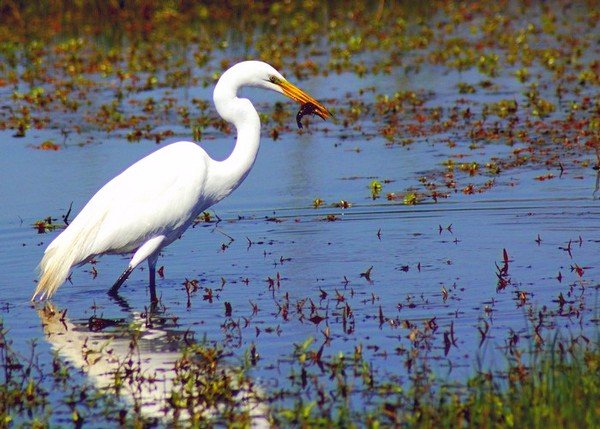
Ardea alba,
great egret, by Cran Lucas — Bickham-Dickson Park in Shreveport, Louisiana, a local wetlands within the city limits. The egret is lunching on a local Louisiana crawfish, or "mudbug."
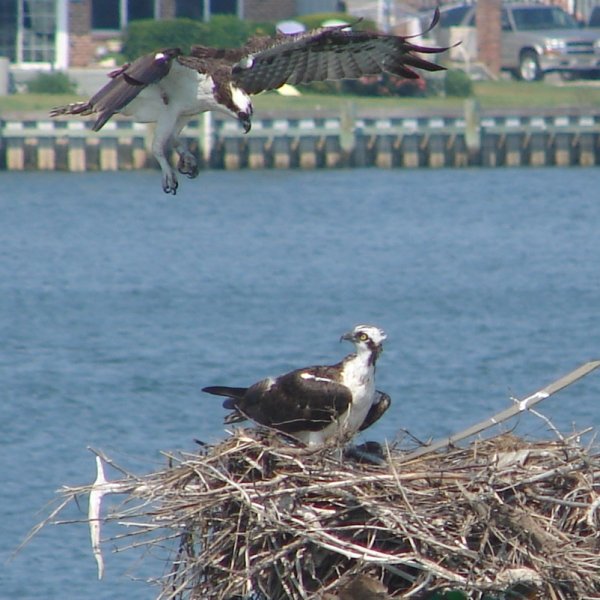
Pandion haliaetus ,
Osprey, by David Muntz jr — photo taken aboard sightseer boat out of Wildwood, N. J. Photograph shows a nest on top of a pylon near Sunset Lake, New Jersey, with a chick that is doing well so far. The mother is in view and the father is flying in. Thayer are a few active nests this year; it seems their numbers may be increasing.
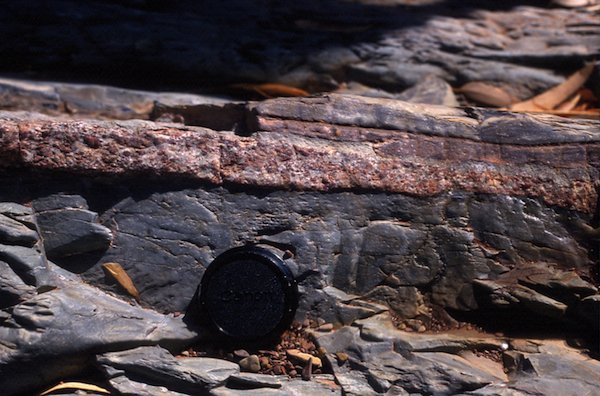
Acraman Impact Ejecta Layer (AIEL), by Christopher Nedin —
Flinders Ranges of South Australia. This is the ejecta from the Acraman meteorite impact which occurred in mid-Ediacaran time (approx. 580 Ma). The impact ejected a plume of debris eastward over 350 km into a shallow sea. As the debris sank to the bottom, it separated into constituent parts, with the largest and heaviest sinking fastest. Hence the layer is composed of three layers, a bottom layer containing large fragments of pink Yardea dacite (the rock at the impact site), a middle white layer of coarse sand, and an upper layer of fine, pink sand. Surrounding the AIEL is the fine grained siltsone of the Bunyeroo Formation. Subsequent tectonics have pushed the rocks containing the AIEL westward, creating the Flinders Ranges. The black disc is a 50 mm camera lens cover for scale.
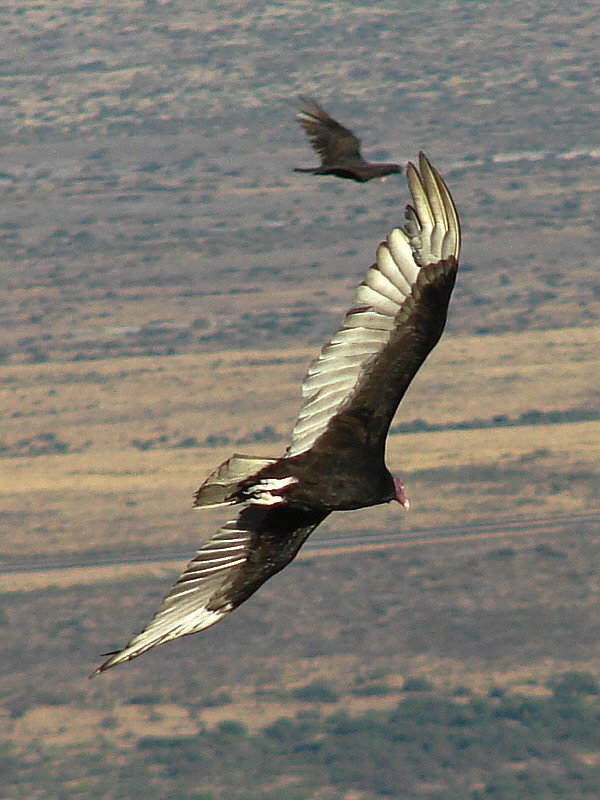
Cathartes aura,
turkey vultures, by James Rice — the vultures search for victims of fire in a recently burned slope in Carlsbad Caverns National Park.
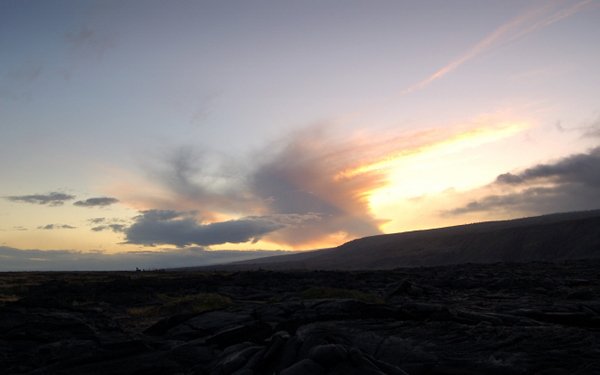
Eruption of
Kilauea, by Buddhini Samarasinghe — the
vog (sulfur-dioxide air pollution from the volcano) seen in the hazy orange glow against the sun causes the sky to show dramatic colors when interacting with the trade winds and the ordinary clouds. The lava flows into the sea, creating new land.




